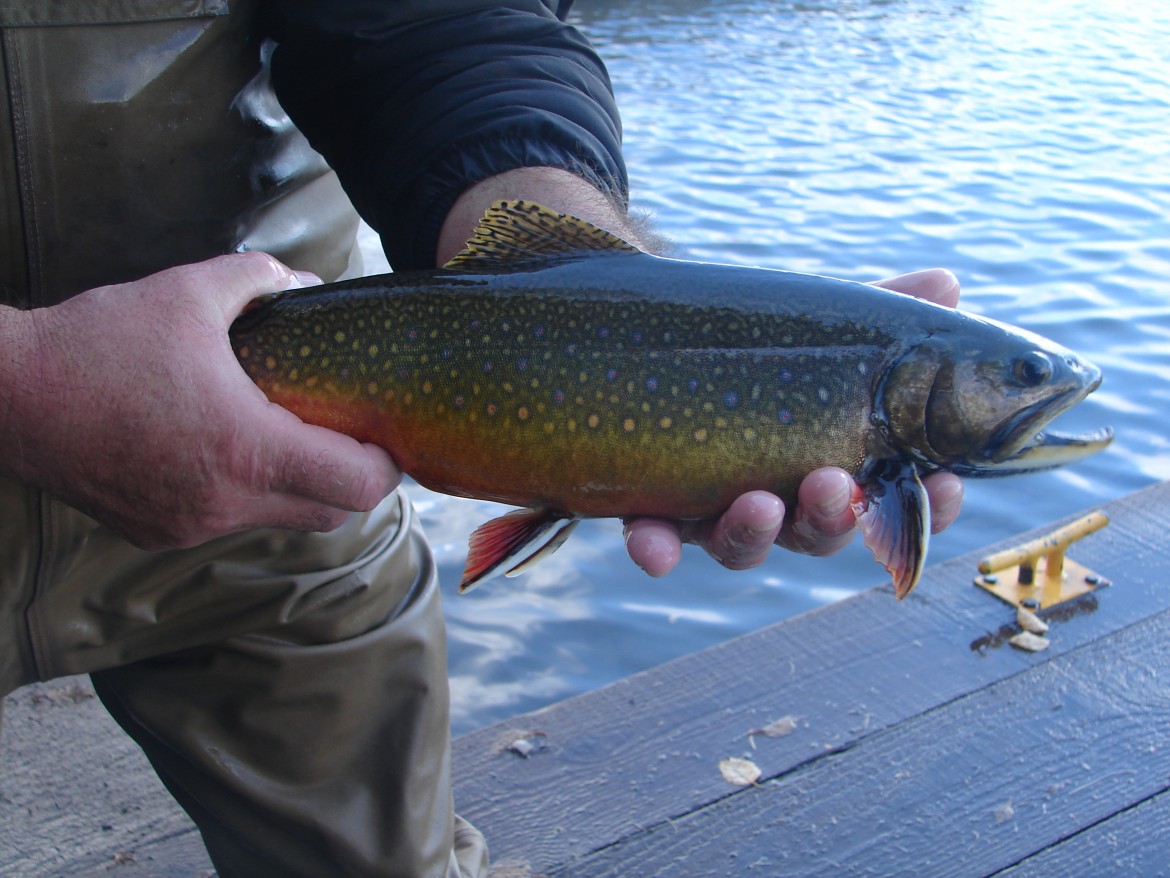Commentary

Cameron Davis
By Cameron Davis, senior adviser to the administrator of the U.S. Environmental Protection Agency
It’s official. The first five years of the precedent-setting Great Lakes Restoration Initiative are history. And the Initiative has made history.
The Initiative is the largest Great Lakes-only investment in restoring and protecting the ecosystem in U.S. history. Recently, the Great Lakes Interagency Task Force chaired by U.S. EPA Administrator Gina McCarthy sent its progress report covering the first five years of the program to Congress and President Obama. Not all such reports inspire you to stand up and cheer, but this one should.
When President Obama proposed the Initiative and a bi-partisan Congress stepped

Image: U.S. EPA
up to fund it, the reason was clear. After more than a century of abuse, the integrity of the ecosystem that comprises some 95 percent of the nation’s fresh surface water–the supply for tens of millions of Americans–was unravelling fast. Decades of projects needed to bring back the health of the ecosystem and fulfill our international obligations with Canada had remained unfunded.
Areas of Concern
The Initiative changed all that. In the 25 years before the Initiative, only one of the then 31 Areas of Concern–waterfront communities with ecological or health impairments–had been taken off the cleanup list. In the first five years of the Initiative, the Presque Isle Area of Concern (AOC) in Pennsylvania has been taken off the list and cleanup has been completed in five more for ultimate delisting. Waukegan Harbor, once called the “world’s worst Polychlorinated Biphenyls (PCB) mess,” is now a case study in persistent restoration action prevailing over persistent toxic pollution. In other AOCs, people who once thought cleanup would never be completed are now finding hope that it will be completed, and in their lifetime.
Asian carp

Asian carp. Photo: Shedd’s Aquarium.
Asian carp, which can eat many times their body weight in plankton–one base of the food chain–could further undermine the Great Lakes ecosystem if they ever get in and become established. Within months after my appointment in the summer of 2009, a newer monitoring technique called “environmental DNA” was turning up genetic material from two kinds of Asian carp–silver and bighead–further upstream toward Lake Michigan than previously expected. We used the Initiative, whose first funding came through only months before, to provide emergency funding to plug holes in the permeable Chicago Area Waterway System. That, and tenacious work by representatives from agencies in the United States and Canada, has meant that in the past five years, these equally tenacious fish have not made it to Lake Michigan to become established.
Algae

Farm runoff fuels green algae blooms in Lake Erie. Image: NOAA CoastWatch
With the shutdown of the Toledo metro area’s water supply from toxic cyanobacteria having taken place a year ago, the thick, almost florescent green growth is a reminder along too many coastlines that phosphorus doesn’t just fertilize crops on land. Too much of it washing downstream fertilizes dangerous algal growth in the water. Under the first five years of the Initiative, the amount of farmland acreage under conservation program management in three priority watersheds–the Maumee and Western Lake Erie Basin, Saginaw Bay and Green Bay watersheds–has increased by more than two thirds from previous levels.
That’s the official report. Check it out here.
Unofficial successes
But behind every official success there are many other successes. Here are a few of the unofficial successes that aren’t required for reporting, but are just as important:
- The Initiative isn’t just about restoration. It’s about protection. Though the agencies don’t plan

Isle Royale Coaster Trout. Image: Phyllis Green
on removing “restoration” from the Initiative’s name, they understand we have to protect what’s left. Otherwise we’ll be spending much more to restore those things, too. For example, the Initiative has funded work to protect a small population of native coaster brook trout on Isle Royale for its own sake and so that it can be used to restore other populations around Lake Superior. “Thanks to GLRI funding, we are gaining critical information to help restoration efforts,” says Phyllis Green, superintendent at Isle Royale National Park, punctuating the notion that restoration and protection go hand in hand.
- The Initiative continues to support overburdened and disproportionately impacted communities. For example, in its recent Requests for Applications under the Initiative, we provide extra points for applications that help advance environmental justice, as recommended by the agencies’ Great Lakes Advisory Board. This also helps EPA make good on its commitments under Plan EJ 2014. Check out the most recently-released Requests for Application (RFA). This means projects like the recently-completed Marquette Park Lagoon Stormwater project in Gary, Indiana, will help this important community. This means the agencies will keep cleaning up Areas of Concern, located largely around post-industrialized communities. This means we’ll keep reducing contaminant levels in fish, on which people depend for a food.

Marquette Park Lagoon -Banneker Achievement Center. Image: Achievement Center
- The Initiative is spending what comes in. This is one indicator that the demand for Initiative support remains high for attacking the most complex, long-standing threats to ecological health. In August, the Government Accountability Office published an examination of the Initiative and confirmed that in fiscal years 2010 through 2014, $1.68 billion of federal funds were made available and as of January 2015, we had allocated nearly all of the $1.68 billion.
- As important, the Great Lakes community is cooperating in unparalleled ways. Chaired by our Administrator Gina McCarthy, the Great Lakes Interagency Task Force of 11 federal departments works with states, tribes, municipalities, environmental groups, business, academia and just about any other interest that helps to restore the Lakes.
Though there’s still so much more progress needed–a century of abuse doesn’t disappear in five years–there’s little doubt that the first five years of the Initiative have made historic progress.
Editor’s note: The views expressed here are the author’s and not necessarily those of the EPA
